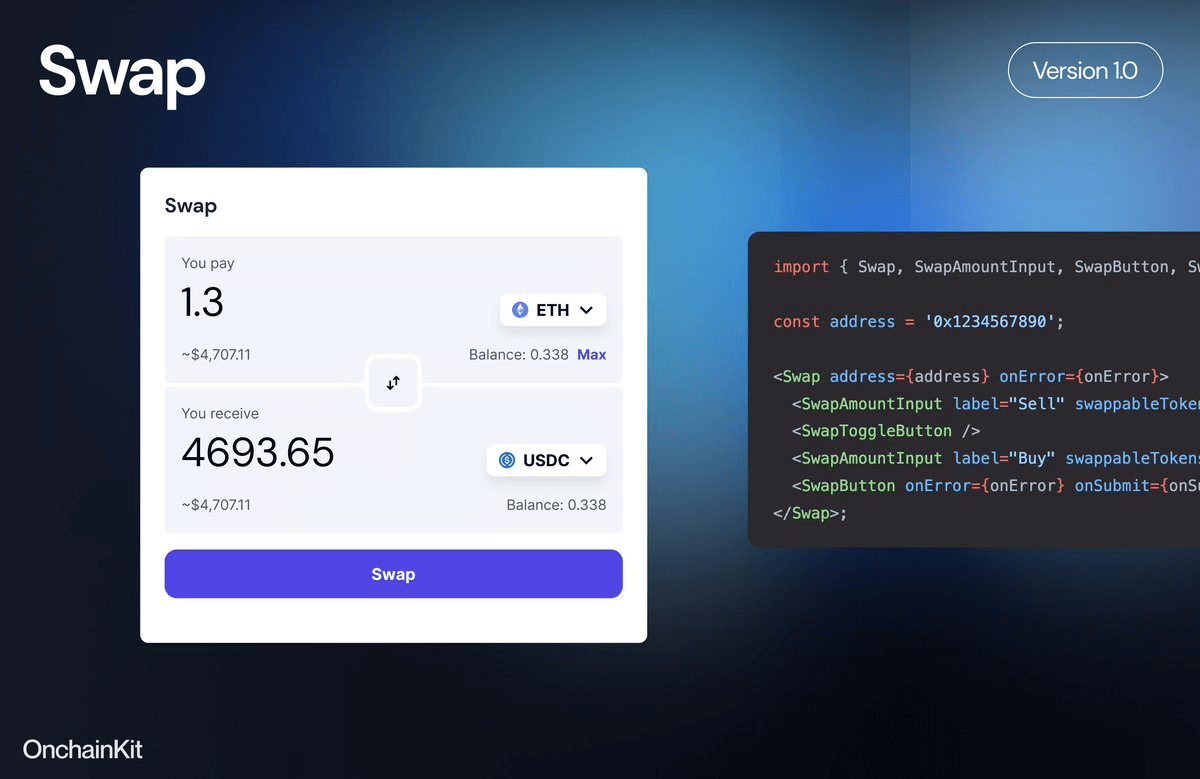Why Your Ethereum Wallet Deserves More Than Just Storage
So, I was fiddling with my crypto stash the other day, and something odd caught my eye. It’s not just about having a wallet—it’s about how you interact with it, especially when Ethereum’s involved. Seriously, it’s like owning a high-performance car but only ever driving around the block. You want more, right? More control, more security, and yeah, a bit of flexibility that doesn’t make your head spin.
Here’s the thing. Most folks think a wallet is just a place to stash coins. But with Ethereum, it’s a whole ecosystem. Your wallet is your gateway to dapps, smart contracts, and all that jazz. And if you’re like me, you want that gateway to be secure yet easy to use. Hmm… I remember the first time I tried juggling multiple wallets—it was a mess. Confusing addresses, lost keys, and honestly, a few near-heart attacks.
Initially, I thought all wallets were created equal. But then I realized that some, like Coinbase Wallet, blend security with usability pretty well. Not perfect, mind you—nothing’s perfect in crypto—but definitely a step up from the chaos I’d dealt with. Actually, wait—let me rephrase that: it’s less about perfection and more about what suits your vibe and needs.
Wow! And another thing: interacting with blockchain through your wallet should feel natural, not like decoding ancient scripts. This is where Ethereum’s smart contract playground gets tricky for many users. You want seamless interaction without sacrificing security. On one hand, open access is great, but on the other, it can expose you to risks if you’re not careful.
So yeah, when it comes to your Ethereum wallet, you’re not just storing crypto—you’re managing your digital identity, your financial future, and maybe even your digital freedom. That’s heavy stuff, and it’s worth thinking about how you approach it.
Okay, so check this out—there’s this neat balance between security and convenience that most wallets try to strike, but few nail. My instinct said Coinbase Wallet might be one of those rare strikes. It’s non-custodial, meaning you hold your keys (and your fate), but it also integrates smoothly with Ethereum dapps. That means you can explore decentralized finance or NFTs without jumping through hoops.
But… hmm, there’s a catch. Managing your own keys? It’s empowering but scary. Lose your seed phrase, and you’re toast. No customer support hotline will save you. That part bugs me because it’s a huge responsibility. Still, if you’re ready to embrace that, it’s liberating.
Here’s another twist: many wallets are either too complex for newcomers or too simplistic for power users. Coinbase Wallet walks a fine line, and sometimes it leans one way or the other depending on updates and features. I’m not 100% sure it’s flawless, but it’s definitely worth a shot.
By the way, if you want to give it a whirl, you can download it easily. I did, and it felt like unlocking a new level of crypto freedom. Installation was straightforward, and the interface was refreshingly clean compared to some clunky alternatives I’ve tried.
Still, I’ll admit that learning to interact with Ethereum smart contracts through a wallet involves a learning curve. You might stumble over gas fees or transaction times, but that’s part of the game. Over time, you get a feel for when to act fast and when to chill.
Check this image out—

It captures the moment when your wallet isn’t just a vault, but a command center. You can see transaction details, approve dapp permissions, and monitor your token portfolio in one spot. For me, that’s a game changer. It’s like moving from a flip phone to a smartphone overnight.
Why Secure Storage Matters More Than Ever
Look, I’m biased, but secure crypto storage is very very important. The blockchain is immutable, sure, but human error isn’t. Phishing attacks, malware, even just a careless click can cost you dearly. Hardware wallets are great, no doubt, but they can be cumbersome for daily Ethereum dapp interaction. So, wallets like Coinbase Wallet try to bridge that gap.
My first impression was, “Wow, a wallet that’s both secure and user-friendly? No way.” But after using it, I saw the design choices that make it safer—like biometric unlocks, encrypted private keys stored locally, and optional cloud backups that still let you keep control.
Here’s a subtlety many overlook: the wallet’s role in transaction verification. You’re not just signing off blindly; you get context before you approve. That’s huge. It’s easy to get sloppy, and wallets that push notifications with clear info help prevent costly mistakes.
On one hand, some people prefer cold storage and never touch dapps directly. Though actually, that’s impractical if you want to participate in DeFi or NFT ecosystems. You’ll want a hot wallet that’s secure yet agile. That’s exactly the niche Coinbase Wallet fits into.
Honestly, I’ve had moments where I thought, “Maybe I’m overcomplicating this,” but then a news story about a wallet hack reminded me why this stuff matters. Better safe than sorry, right?
For newcomers, the idea of self-custody can feel overwhelming. But starting with a reliable wallet that guides you through the basics helps a lot. The interface, tutorials, and community support can flatten the learning curve. Plus, real-world usage builds confidence fast.
Another thing—Ethereum’s evolving. Layer 2s, gas optimizations, new dapp categories—all require your wallet to keep pace. Coinbase Wallet regularly updates, which means you’re less likely to hit compatibility walls. That’s a comfort in a fast-moving space.
Still, I wonder about the trade-offs. More features sometimes mean bigger attack surfaces. It’s a constant balancing act, and honestly, it’s impossible to have everything perfect. But at least with wallets like this, you get a fighting chance.
The Human Side of Blockchain Interaction
Here’s what bugs me about many crypto wallets: they forget the human in all this tech. People want simple, not just secure. They want to feel in control without needing a PhD in cryptography. Coinbase Wallet tries to humanize blockchain interaction by making that bridge smoother.
When you open your wallet, you want that “aha!” moment where everything clicks. The tokens you hold, the dapps you use, the transactions you approve—they should feel like natural extensions of your digital life, not puzzles to solve.
At the same time, the wallet needs to remind you of the risks in a non-intimidating way. Warnings, confirmations, and help guides that don’t sound like legalese make a difference. It’s a subtle art to keep users alert without freaking them out.
Also, I noticed that wallets that integrate social features—like sharing addresses easily or seeing transaction histories—help build trust and transparency. It’s not just about cold numbers; it’s about community and interaction. That’s where Ethereum’s real promise shines.
Whoa! Just thinking about it, I realize that blockchain interaction is as much a social challenge as a technical one. Your wallet is your ambassador in this new digital world.
Okay, so if you’re ready to step up your Ethereum game, grabbing a wallet like Coinbase Wallet is a solid move. It’s not just storage—it’s your key to a decentralized future. And you can download it without jumping through hoops, which is refreshing.
Look, I’m not saying it’s flawless or that it will solve all your crypto anxieties overnight. But it’s a serious tool with a serious approach to security and usability. For anyone dabbling in Ethereum—whether for DeFi, NFTs, or just holding—the wallet you choose matters more than you realize.
So yeah, keep your keys safe, explore smart contracts carefully, and maybe, just maybe, your wallet will become more than a digital box. It’ll be your passport to the blockchain world—secure, intuitive, and ready for whatever’s next.













